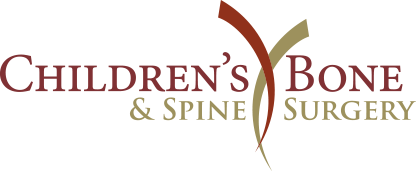Osteochondritis Dissecans (OCD)

What is Osteochondritis Dissecans?
OCD is a condition that develops in joints. It occurs when a small segment of bone begins to separate from its surrounding cartilage due to a lack of blood supply. Generally occurs in children and adolescents.
Common joints include knees, ankles, and elbows. Can occur in multiple joints.
Causes
- There is no known cause of the disruption of blood flow resulting in an OCD lesion.
- Could be caused by stress or trauma over time.
Signs and Symptoms
Patients may complain of:
- Pain and swelling of a joint caused by activity
- Joint line tenderness
- May cause catching or locking
- Difficulty straightening the knee
Treatment
Observation and Activity Changes:
- In most cases, OCD lesions in children and young teens can heal on their own, especially when the body has a good deal of growing to do.
- Resting and restricting activity will resolve pain and swelling
Nonsurgical Treatment:
- If symptoms do not subside with rest, the utilization of splinting/casting with crutches may be an option for a period of time.
Surgical Intervention. Surgery may be an option if:
- Nonsurgical treatment fails to alleviate pain and swelling.
- The lesion has detached from the bone causing further complications.
- The lesion is extremely large, especially in older teens.
Various surgical techniques include:
- If the lesion is stable and does not heal on its own, surgical intervention is done arthroscopically. Drilling into the lesion to create pathways for new blood vessels to nourish the affected area. This will encourage healing of the surrounding bone.
- If the lesion is unstable, treatment is completed arthroscopically. This may be done by holding the lesion in place with internal fixation (such as pins and screws). Drilling may be done around the lesion to promote blood flow to increase bone healing.
- Athletes are cleared for return to play and competition about 3 months after surgery.


